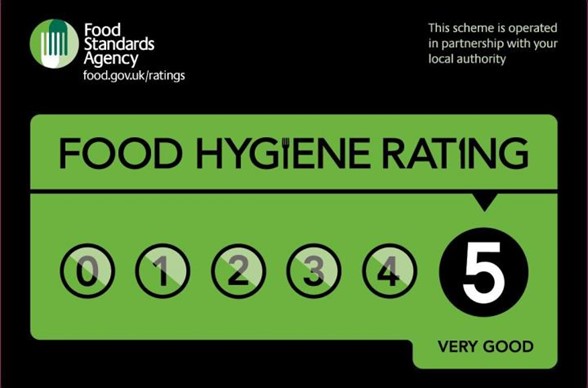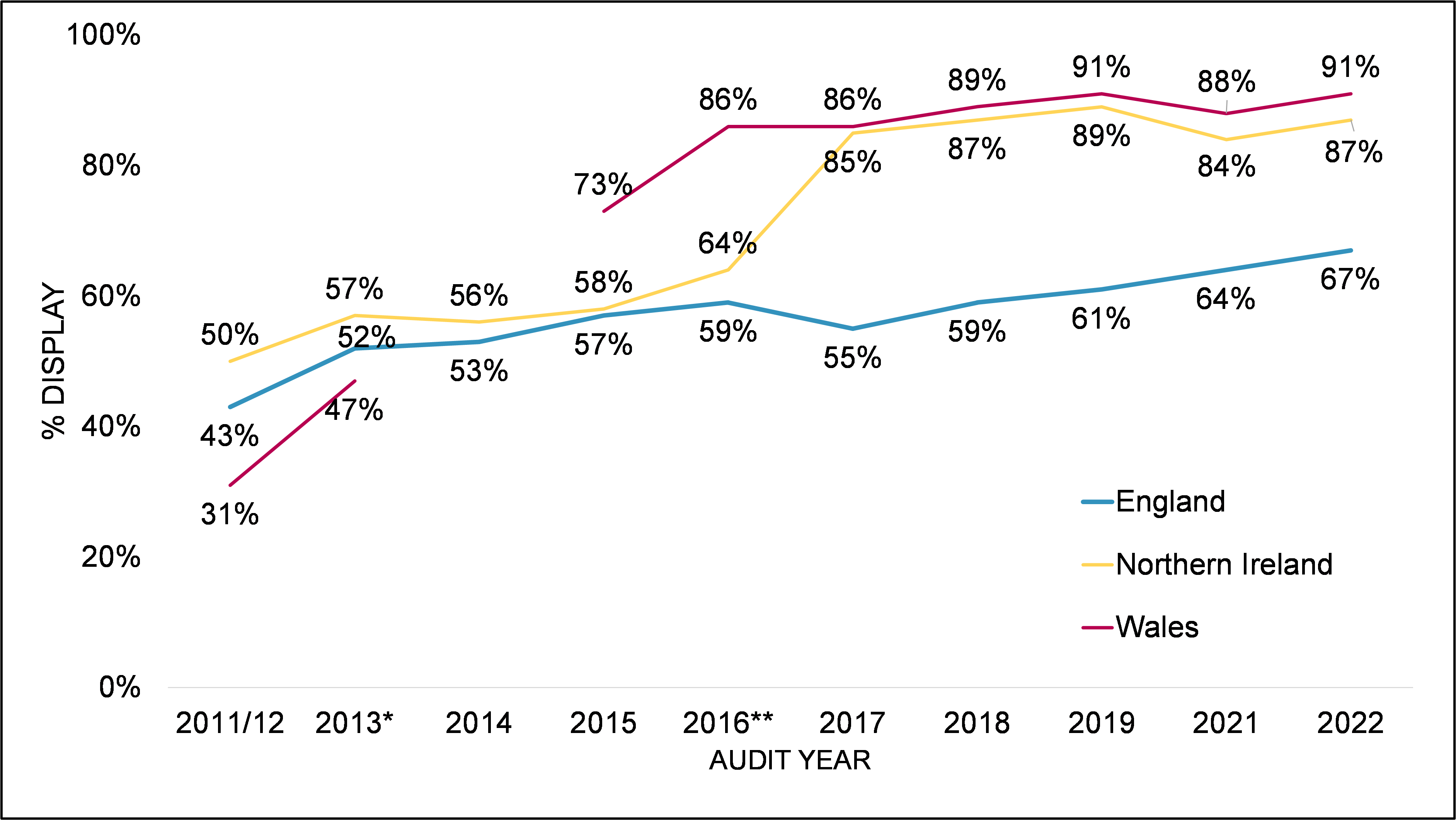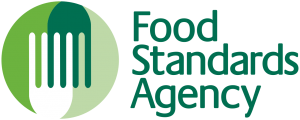At a glance
The Food Hygiene Rating Scheme (FHRS) helps consumers make more considered choices about where they eat out or shop for food. In Wales and Northern Ireland, display of the food hygiene rating sticker is mandatory, while businesses in England are encouraged to display their rating. This multi-strand study sought to better understand the proportion of businesses that display their rating and more generally their attitudes towards the scheme.

About the client
The Food Standards Agency (FSA) is responsible for food safety and food hygiene in England, Wales and Northern Ireland.
Challenges and objectives
The FSA wanted to explore compliance levels with FHRS, by measuring how many businesses display their rating, exploring the reasons and drivers for display and non-display, and more broadly explore food businesses’ awareness and attitudes towards the FHRS.
A key challenge, when developing a methodology that captures compliance levels, is mitigating against any social desirability bias, where respondents may state that they meet regulatory requirements when the reality could be different. Alongside self-reported measures, the project included a physical audit of premises to visually check if and how the ratings are displayed.

Solution
IFF used a two-pronged approach. The first strand was a telephone survey with food businesses to establish their self-reported levels of display and explore attitudes towards the FHRS and FSA regulations. For the second strand, IFF paired up with Mystery Shoppers to conduct an in-person audit of food businesses premises to establish actual levels of display. We achieved 1,500 telephone interviews and 1,525 audits, with 484 businesses appearing in both the survey and audit. All research occurred in October to December 2022. The study built on a number of previous waves, with the first conducted in 2011.

Impact
A key finding from the 2022 research was that levels of compliance among businesses in Northern Ireland and Wales had returned to pre-pandemic levels after a slight dip in 2021. Around nine in 10 businesses in both nations – according to our audit – display their food hygiene rating in a location visible to customers. The survey determined that those who did not display their rating typically considered that there was nowhere suitable to show it outdoors. The audit results also show a continuous rise in display in England over the last five years (to 67% in 2022), despite it not being a mandatory requirement at this stage. Support for mandatory display was also high in England, with 82% of businesses believing it would be a good thing.
Proportion of audited businesses in England, Northern Ireland and Wales that are displaying food hygiene ratings either inside or in a location visible from outside the premises (2011-2022)

Base: All audited businesses (c. 500 in each nation in 2022)
Of growing interest in this study is the online display of ratings, which is not currently mandatory. According to our audit, most businesses had an online presence, however, relatively few businesses with a website or Facebook Business Page displayed their rating on these platforms: 13% in England, 6% in Northern Ireland and 8% in Wales. There was, however, a strong consensus that the display of food hygiene ratings should become mandatory for at least some online platforms (England: 92%; Northern Ireland: 93%; Wales: 93%).
More generally, nearly all food businesses agreed that they work hard to maintain or improve their food hygiene rating (England 99%; Northern Ireland 97%; Wales 98%). And in line with 2021, most businesses stated that they were proud of their food hygiene rating and that good food hygiene ratings were attractive to customers, although only one in 10 revealed that they used the ratings in promotional materials.





